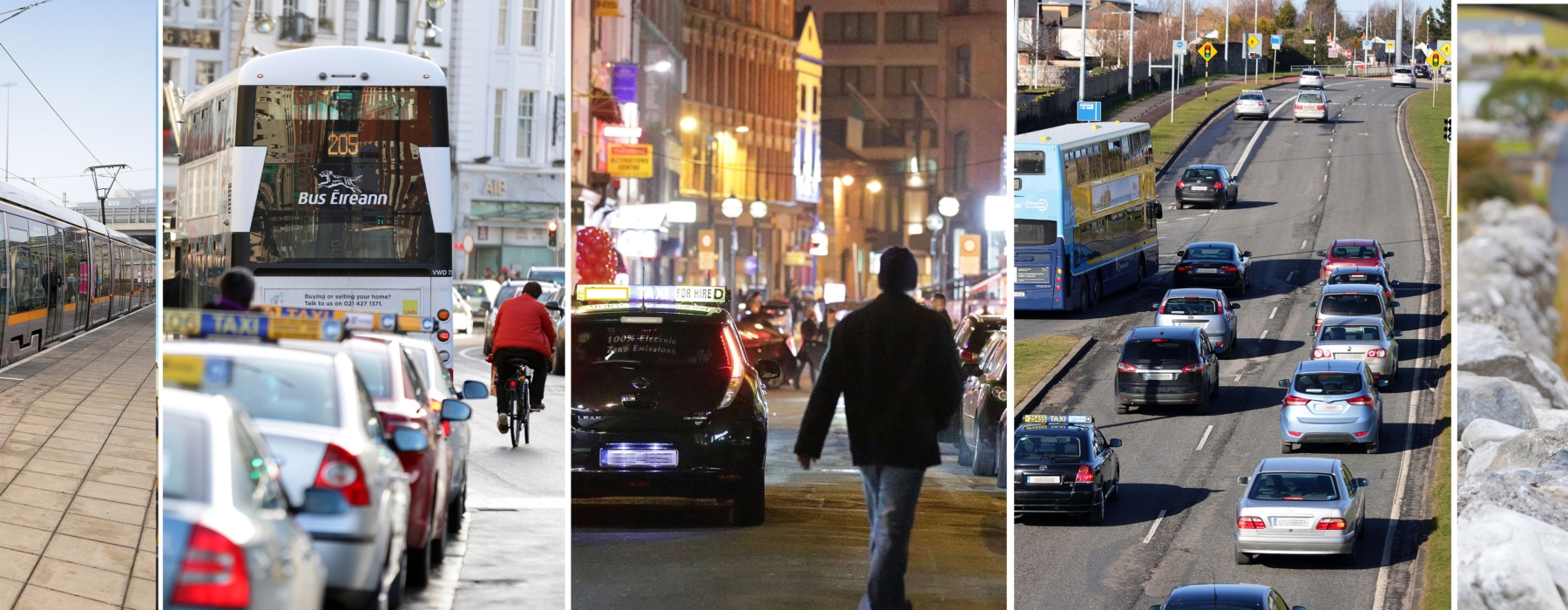The National Transport Authority’s (NTA) National Travel Household Survey (NHTS) published today, will enable the organisation, the Department of Transport and other state agencies and policy makers to track the progress toward transport targets set out in the Climate Action Plan 2023 (CAP23) and the National Sustainable Mobility Policy (NSMP).
10,535 individuals participated in this survey
A total sample of 10,535 individuals in 4,348 households across the country participated in this survey, completing travel diaries and capturing details of 58,428 trips with information including the reason for the trip, the time of day, the mode of travel, the distance and duration of the journey, provided in each case.
The objective of the research is to gather data that will inform the development of NTA’s transport plans and proposals, feed into NTA’s regional transport models, and support the development of new transport modelling tools.
The first annual publication of this survey
This is the first of what will be the annual publication of the survey. Previously NTA undertook and published the NHTS every five years (updated to every year / annually as Action 69, Goal 8 of the government of Ireland’s Sustainable Mobility Policy).
The move to an annual publication arose from an action in the Government’s NSMP published in 2022. NSMP sets out a strategic framework to 2030 for active travel (walking and cycling) and public transport journeys to help Ireland meet its climate obligations. NSMP’s actions support and enable the delivery of the transport objectives set out in the CAP23, providing safe, green, accessible and efficient alternatives to car journeys.
NSMP Action 69 sets out the objective for the NTA to develop and publish an annual NHTS. This is so that progress toward the transport targets can be tracked on an ongoing basis, and changes in travel patterns can be assessed continuously.
Outcomes from the survey
In terms of outcomes from the survey, the NHTS 2022 published today, highlights the dominance of car travel, with almost seven in 10 (69%) trips being made by car across Ireland. This is in line with the 2022 Census results.
While car is the primary mode of transport being used, variances have been recorded by region. As expected a significant difference exists between those residing in Dublin City and Suburbs and those in Rural Areas; car usage in Dublin City and Suburbs registers at 53%, significantly ahead of the level recorded among rural dwellers of whom 80% used a car for their trips. Those living in the Greater Dublin Area also recorded lower car usage at 61%. This reflects the higher level of accessibility to public transport services in urban areas.
Bus/coach usage and cycling levels are highest in Dublin City and Suburbs at 9% and 5% respectively. At a national level, 20% of trips were made by walking. Those living in Dublin City and Suburbs, Regional Cities and the Greater Dublin Area are the most likely to make a trip by walking at 32%, 32% and 27% respectively, considerably ahead of their counterparts in Rural Areas of whom 9% walked.
The main reasons for travel nationally
The main reasons for travel nationally are for work/business (20%) and education (19%), closely followed by social reasons (entertainment or recreation, to participate in sport, go to pub or restaurant) at 18% and shopping at 17%.
The proportion reporting that they were travelling for work/business reasons is lowest among those living in Dublin City and Suburbs at 17% and those living in the Greater Dublin Area at 19%. This is likely to be down to different working patterns across the regions, the data shows those living in these areas are the most likely to work from home. Social trips are most prevalent among those living in Dublin City and Suburbs and the Greater Dublin Area at 20% respectively.
Further information available here.
